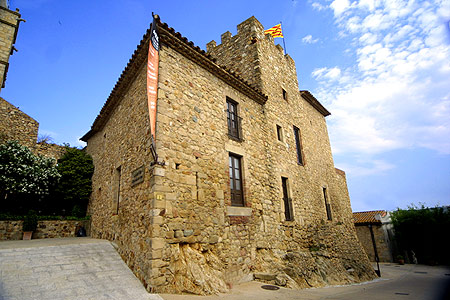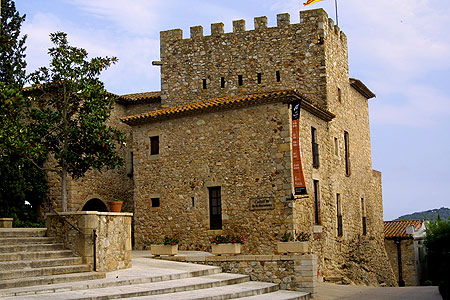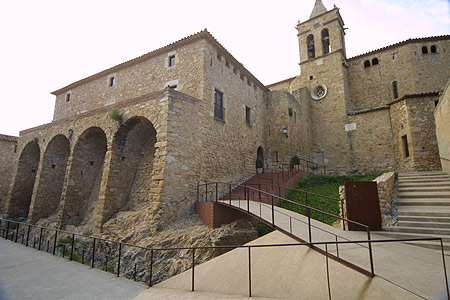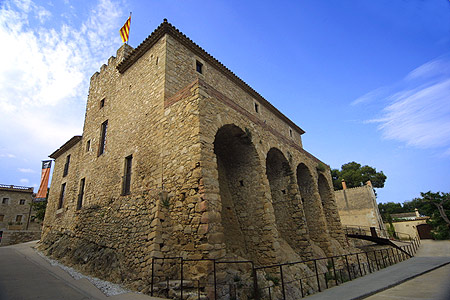The seaside village of Platja d’Aro, full of beaches and excellent shopping and nightlife, had its origin in the center of Castell d’Aro district, which emerged around the castle we visited today: Benedormiens.

Benedormiens Castle, in Castell d'Aro, Girona Costa Brava
Viewing the arrangement of the houses and the streets adjacent to Benedormiens Castle you can easily understand the central point that the castle is for the village. Both Carrer Major and the Plaça de la Constitució, like the other central arteries come together into the castle. In fact this was the center from which grew the population around.
The origin of castle dates back to 1041. We therefore are speaking of a millenary fortification. At that time, in the middle of feudal centuries, nobles and knights agreed to deliver the lands located in the mountains of Vall d’Aro to the Benedictine monks of Sant Feliu de Guíxols, so that this territory would be protected from the Muslim influence, still present at that time in northern Catalonia.

Benedormiens Castle, near Platja d'Aro, has been during the last years restored
The Castle suffered in 1462, during the so-called Remença War (and civil Catalan conflict for agricultural reasons), a fire. Also in 1879 an accidental explosion damaged the structure again, now completely restored.

Benedormiens Castle entrance, in Castell d'Aro, Costa Brava
Today the castle is a cultural center that welcomes traditional and avant-garde art exhibitions mainly from Platja d’Aro, around 5 halls whose names refer to historical figures related to the building. In these exhibitions important works have been shown, like those of well-known artists as Modest Cuixart, Lorenzo Quinn, or Pitxot a friend of Salvador Dalí.

Benedormiens Castile is in Castell d'Aro center, next to Platja d'Aro
Because of its high cultural and patrimononial richness, the Castell d’Aro little village is since 1996 considered as a Heritage of Cultural Interest by the Generalitat de Catalunya, the government of Catalonia.







